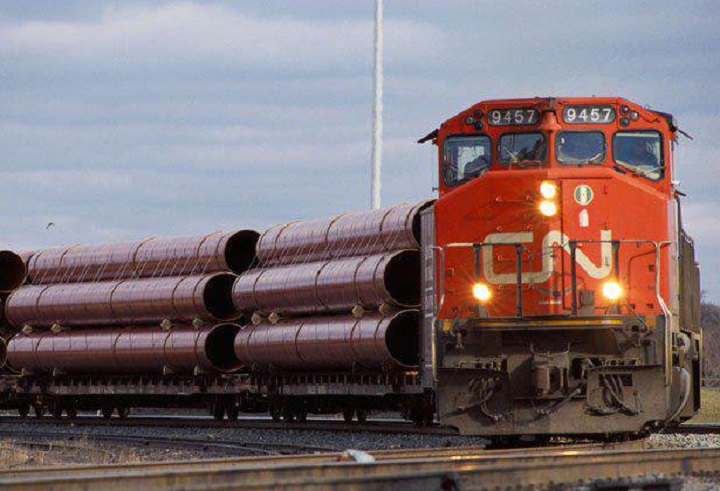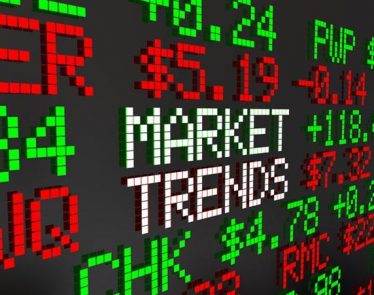
Since the stock opened this morning, shares of Canadian National Railway Company (TO:$CNR) (NYSE:$CNI) have risen about 0.96% to US$82.04. This may be because more investors are now looking for good investments to make in the equity market, especially in the current volatile environment.
To best predict which stock will go on to succeed, many investors research and study the technical charts of the stock. The fundamentals analysis of the technicals of a stock help investors to see if shares of the company are being valued correctly. The analyzation takes important factors such as current market, industry, and stock conditions into consideration. As such, some fundamentals analysis have revealed to several investors that the stocks of the Canadian National Railway Company may be the next big investment.
One of the first things investors take into consideration when looking at a stock’s technicals is the yearly earnings per share (EPS) of the stock. The EPS shows how profitable a stock is for the share owner. It is calculated by dividing total net income of a company by the shares outstanding of a company. For Canadian National Railway, the company’s yearly EPS is currently $4.83 — quite profitable for share owners.
Return on equity (ROE) is also another thing that investors first consider when looking at a stock. ROE shows how good a company is at profiting from investments so that its investors can profit. A high ROE usually means the company is well-ran, while a low ROE may be a red flag for investors. The ROE of the Canadian National Railway is currently at 25.17%, a rather impressive number compared to the average 17.59% in the railroad transportation industry.
Besides the ROE, another ratio that is good to consider is the return on invested capital (ROIC). The ROIC is usually calculated by subtracting the company’s net income by its dividends, then dividing the result by the total capital. Generally speaking, if the ROIC is larger than the company’s weighted average cost of capital (WACC), then the company is creating value. If not, the company is destroying its value. For the Canadian National Railway Company, its ROIC is currently 11.08% — quite bigger than its current projected WACC of 7.63%.
Like the ROE, the ROIC reveals how well the company turns their investments into income. A high ROIC usually means the company is being managed well, while a low ROIC company means the company is not well managed.
Adding on to the ROE and the ROIC, the return on assets (ROA) of a company is also important to consider. The ROA is typically calculated by dividing the company’s total net income by its average total assets. The number reveals how well a company can profit from its assets, or how profitable the company’s assets are. Currently, the Canadian National Railway Company has an ROA of 10.21%, a little bit higher than the current average ROA of 9.45% in the railroad transportation industry.
A high ROA compared to other companies of the same industry suggests the company can profit from its asset quite effectively. Like the other ratios, a low ROA could prompt investors to question the management abilities of a company.
Based on the readings of the Canadian National Railway Company’s EPS, ROE, ROIC, and ROA, it looks like this transportation company is a pretty good investment compared to other companies in the same industry. All of its ratios are quite strong, and its EPS is quite high. It is no wonder that this company’s stock have begun to catch the attention of several investors.
Featured Image: twitter












